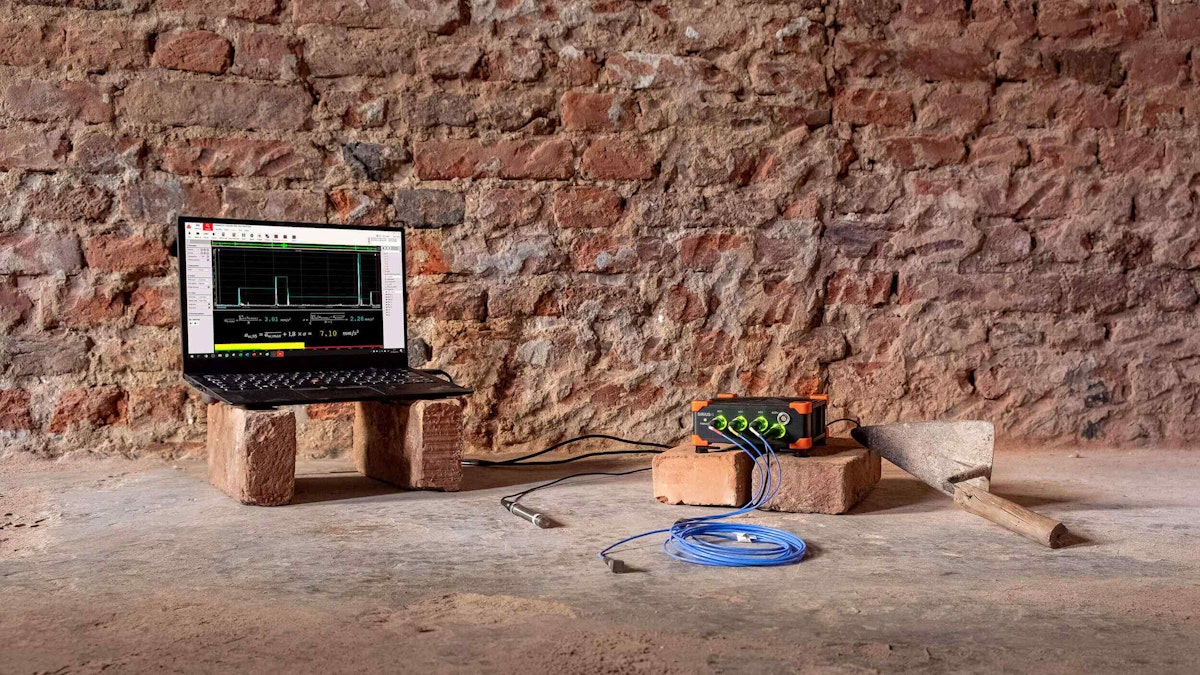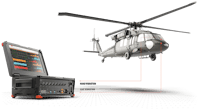Table of contents
Browse categories
Browse authors
 AB
ABAlberto Boffi
 AL
ALAlessia Longo
 AH
AHAl Hoge
 AB
ABAljaž Blažun
 BJ
BJBernard Jerman
 BČ
BČBojan Čontala
 CF
CFCarsten Frederiksen
 CS
CSCarsten Stjernfelt
 DC
DCDaniel Colmenares
 DF
DFDino Florjančič
 EB
EBEmanuele Burgognoni
 EK
EKEva Kalšek
 FB
FBFranck Beranger
 GR
GRGabriele Ribichini
Glacier Chen
 GS
GSGrant Maloy Smith
 HB
HBHelmut Behmüller
 IB
IBIza Burnik
 JO
JOJaka Ogorevc
 JR
JRJake Rosenthal
 JS
JSJernej Sirk
 JM
JMJohn Miller
 KM
KMKarla Yera Morales
 KD
KDKayla Day
 KS
KSKonrad Schweiger
Leslie Wang
 LS
LSLoïc Siret
 LJ
LJLuka Jerman
 MB
MBMarco Behmer
 MR
MRMarco Ribichini
 ML
MLMatic Lebar
 MS
MSMatjaž Strniša
 ME
MEMatthew Engquist
 ME
MEMichael Elmerick
 NP
NPNicolas Phan
 OM
OMOwen Maginity
 PF
PFPatrick Fu
 PR
PRPrimož Rome
 RM
RMRok Mesar
 RS
RSRupert Schwarz
 SA
SASamuele Ardizio
 SK
SKSimon Kodrič
 SG
SGSøren Linnet Gjelstrup
 TH
THThorsten Hartleb
 TV
TVTirin Varghese
 UK
UKUrban Kuhar
Valentino Pagliara
 VS
VSVid Selič
 WK
WKWill Kooiker
Evaluation of Human Response to Vibrations in Buildings - UNI 9614:2017

April 8, 2023
Today, an increasing number of sources generate vibrations in buildings causing vibration and discomfort to the occupants. Performed by national and international standards objective measurements can establish how these vibrations affect the comfort of the individuals.
These standards include instructions for the acquisition system as well as mathematical formulas for reference and comparable indexes. The DewesoftX data acquisition software plugin - Human Body Vibration facilitates the experimental procedure to measure according to standards.

Individuals can detect building vibration values that are well below those that can cause any risk of damage to the building – and it may influence their comfort and health.
Vibration accelerations or velocities inside buildings may be measured to assess perceptibility for people inside. Research and studies have been made to evaluate the effect of overexposure to human vibration, especially in the working environment. The results have been used to establish both international and national standards that allow human exposure to vibration to be evaluated. These include particular parameters for assessing the influence on humans, the range of considered frequencies, duration of vibration, and signal processing.
Most of these national standards are based on the International ISO 2631 - Mechanical vibration and shock — Evaluation of human exposure to whole-body vibration.
In general terms, this ISO presents a detailed series of equipment, procedures, and calculations to experimentally evaluate whole-body vibrations in relation to human health, perception of wellness, or function efficiency.
Some examples of these standards are the US ANSI-S2.71, the British BS 6472-1, the German DIN 4150, and the Italian UNI9614:2017. The Italian standard UNI9614:2017 is applicable to all buildings that are affected by vibration induced by road or train traffic, heavy machinery, explosions, construction activity, etc. It is not applicable to earthquakes and it is not aimed to evaluate any damage to buildings.
Measurement instrumentation
Measurements conforming with the UNI9614:2017 standard require:
A data acquisition chain compliant with the ISO8041,
the weighting curve Wm,
a sampling frequency not lower than 1500Hz and suggested ADC resolution 24bit,
calibration of the acquisition chain before and after the test, and
a sensor sensitivity no lower than 10mV/m/s2.
The Dewesoft catalogue offers more data acquisition systems that fulfil these requirements. You can choose among the SIRIUS, KRYPTON, or DEWE-43 DAQ families.
The right instrument can be selected based on transportability, channel count, AC/DC power supply, and IP protection. During the measurement operation, the Dewesoft solution will also allow you to measure any other kind of physical phenomenon. For example, sound pressure by simply connecting an extra microphone to a free channel of the DAQ system.
Following this approach, it is possible to have, in one shot, both vibration and acoustic characteristics measured at the same time.
For all technical information regarding Dewesoft solutions visit the Dewesoft products webpage.
Software for data storing and post-processing plays a fundamental role in the test scenario for UNI9614:2017. DewesoftX - Human Body Vibration plug-in enables automation of the complete post-processing analysis but also gives the flexibility to fine-tune all processes thanks to the storing of the raw time signals in parallel to all the online mathematics.
Measuring and post-processing
When measuring vibration in buildings the selection of measurement points is crucial and when applying the criteria for human exposure to vibration, it is important to note that vibration may enter the body along different orthogonal axes. I.e. x-axis (back to chest), y-axis (right side to left side), or z-axis (foot to head).
The UNI9614:2017 standard requires the accelerometers to be positioned at relevant points for the occupants - meaning, for example, in the path of the vibration from the building to the feet of a standing person.
Measurement spots should be placed in those areas where the occupant is going to spend most of the time like the living room, kitchen, etc.. and areas like corridors, storage rooms, stairs, etc. should be avoided.
All measurements should be done in a 3-axis orientation and the signals should be filtered and weighted with the proper weighting curve, Wm. Then, the RMS value sum of the 3 axes should be calculated in order to obtain the total weighted RMS acceleration a(w)(t).
The time-varying curve a(w)(t) will have a maximum when a disturbing event will occur.
In DewesoftX - Human Body Vibration software plug-in all this mathematics is already implemented and ready to be selected with a simple click of the mouse. After enabling the plugin simply follow the guidance in the user interface and select the needed indexes.
Measurements are based on an ISO 2631-1 standard that defines basic procedures and ISO 8041, defining the exact procedures for measurements.
Parameters can be calculated either as overall values, having only one value at the end of the measurement, and/or interval logged values with the time interval for logging defined in seconds.
RMS - root means square is a statistical measure of the magnitude of a weighted signal.
Peak - the maximum deviation of the signal from the zero lines.
Crest - the ratio between the peak and RMS. The crest factor gives an impression of the spikes in the signals.
VDV - fourth power vibration dose value
MSDV - motion sickness dose value.
MTVV - maximum transient vibration value, calculated at a one-second interval.
It is also possible to connect more than one triaxial accelerometer transducer to the data acquisition system in order to measure at many different points of the building simultaneously. In this way drastically reduce measurement time and costs related.
During the test session, it is possible online to calculate all mathematics and check the integrity and quality of the signals.
In addition to that, it is possible to define triggered math calculations. You can select the most critical parts of the signals and directly extract the final index a(w),95 which takes into account the average of the events and their statistical variation.
Thanks to the storing of raw data in parallel to all calculations, you can change all the mathematics and fine-tune the process also in post-processing - days after the actual test. This gives the flexibility also to add deeper analysis for troubleshooting and better diagnosis of the vibration behaviour of the building.
All calculated data can be displayed in different formats and prepared for the final report.
Conclusion
Dewesoft data acquisition systems with DewesoftX - Human Body Vibration plug-in is the perfect tool to fulfil tests based on ISO2631 such as the perception of vibration and occupant comfort in residential buildings e.g. according to UNI9614:2017. The plug-and-play setup of transducers and the guided user interface simplify the acquisition and analysis process.
Pre-defined mathematics and the modularity of the system allow measuring more than one point at the same time reducing the time-on-site and relative costs.
In parallel to comfort vibration tests, it is even possible to perform other kinds of measurements like structural integrity and acoustic measurements. One unique tool for all your needs!
Learn more about Human and Whole-body Vibration measurement
